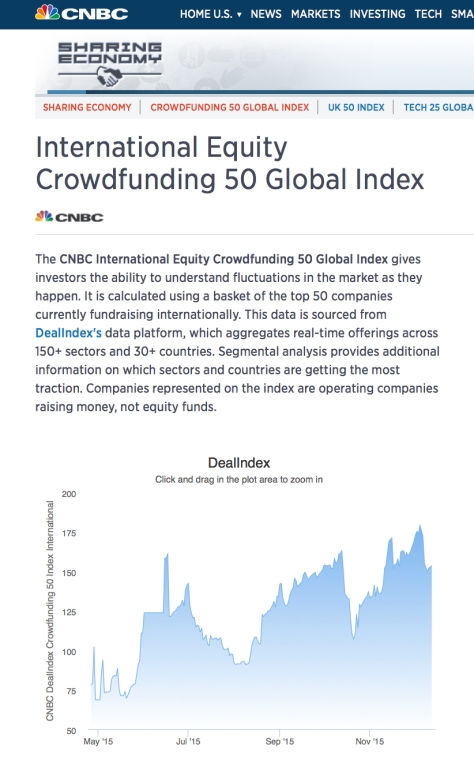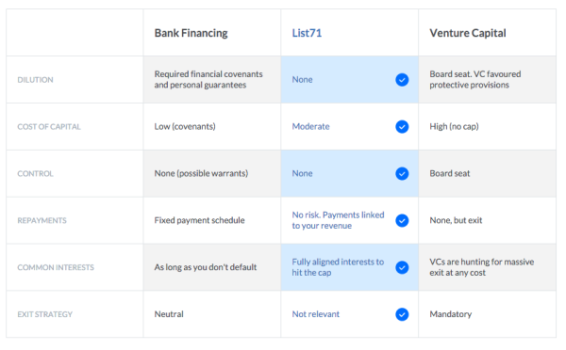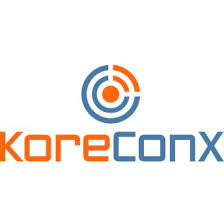After much anticipation, the exciting news is finally out. In partnership with CNBC, we are proud to announce the launch of four crowdfunding indices: International 50 Index, UK 50 Index, Technology Index, and the International Aggregate Index. The indices take transparency in the crowdfunding industry to a new level by aggregating information on the private fundraising sector into usable and easy-to-understand benchmarks. The indices track the pulse of the alternative finance market, providing a real-time indicator of market activity. The indices are live on CNBC here

Both the International 50 Index and the UK 50 Index are calculated using a basket of the top 50 companies currently fundraising, the former internationally while the latter restricted to the UK zone only. Meanwhile, the Technology Index is a daily average of the top 25 technology companies currently fundraising internationally. Last, the International Aggregate Index measures components of growth to provide a wider market view. In creating these indices, all data is sourced from DealIndex’s data-driven platform, which aggregates real-time offerings across 150+ sectors and 40+ countries.
“These indices represent an important step forward in educating the general public about the vast potential of crowdfunding,” reports Neha Manaktala, CEO and Co-founder of DealIndex. “Similar to our dashboard, through the creation of these indices we hope to inject more transparency to the market and empower investors with more data and tools to facilitate their investment process when it comes to analysing opportunities in the private market.” With more than 2,000 deals tracked on the DealIndex dashboard across leading crowdfunding portals globally, investors interested in private company investment opportunities can now streamline their sourcing and due diligence process by simply logging onto the DealIndex Deal Exchange and utilise the built in advanced analytics and tools to track, compare, and monitor startups raising capital online in real-time.
The alternative finance market has enormous potential. Just five years ago, this was a relatively small market of early adopters crowdfunding online to the tune of a reported $880 million in 2010. Fast forward to today and we saw $16 billion in alternative finance in 2014, with 2015 estimated to grow to over $34 billion. What’s more, the crowdfunding industry is doubling or more, every year, and is spread across several types of funding models including rewards, donation, equity, debt/lending, and revenue sharing.



